Painting my ironing board legs, but decided to check in and am thinking I better take the time to try to relate what we learned. The others can fill in where I leave gaps, or I'll be happy to answer any questions.
For those who have a sewing background, this w/be a little easier. I used to sew all my clothes, so I related the proceedure to making a pattern to cut a dress. All her structures are a double layer of the mesh, so do everything in twos. The wire mesh is the galvanized lathe - diamond-shaped stuff used to plaster walls. To make a life-sized person, Riana begins by sorta measuring her face, cuts a piece of the mesh and begins to shape the face by folding the chin area into sorta a v-shape, cutting darts where she needed to fold and overlap for stitches, etc. To shape the forehead she cut a piece to size, leaving enough to bend and lay across to shape the forehead enough wings to attach it to the face, w/stitches made from 19 guage wire. She cuts a piece about 6/8" then turns in about an inch w/the pliers, pinches the folded end to make a "hook needle" that she pushes through the layers, to catch the pieces and then she can pull it through to wind around a couple times w/the pliers then cuts the ends off w/the cutting part of the pliers as close as possible w/o cutting the "knot". Use as many stitches as necessary to hold the piece to shape. W/each additional piece of mesh to shape the ears, nose, leave "wings" for attaching it to the base of the face. Sculpturing the face/head she then goes on to the shoulders by just bending a piece into an arched piece the length from shoulder to shoulder so the head w/be able to sit in the middle by cutting, shaping, darting so it sits properly. Remember - double layers of everything. The neck w/be a short tube you w/cut around bottom/top for the wings to attach to the head, then cut and darted to fit the shoulders once the head is attached. She goes through the whole process of sculpturing the whole body, darting, patching, pinching, folding, punching to shape, etc. The recipe for the mud mixture to be gently pushed in between the two pieces of mesh layer and smoothes over the mesh (not to completely cover) is: 1 part Portland cement to three parts of mason sand. She was using local stuff so the sand was course, and b/c the metal mesh wasn't available there, she used hardware "cloth" metal mesh - ungalvanized - 1/4" holes. After pushing through and smoothing out the structure, she covers w/plastic to dry over night. There were spots of the mesh not completely covered w/the concrete, and that was ok. It is a just a very thin layer on the outside, thereby making the statue light enough to move around easily. Next day, in most cases, it is ready to be refined or smoothed out the rough edges, especially trimming the "stitches", bumps knocked off, it is ready to be mosaiced. She doesn't cover all parts in mosaics. As shown in ROSIE's photo of the statue she made of our hostess Sam, bird and dog, she uses different colored grouts and exterior house paints to finish her pieces. She uses powdered colorants, and paints when she can't find grout in colors she wishes to use. On the arms and legs, she showed us how to use a runny mixture of grout to smooth over the skeleton to cover the mesh and concrete that won't be covered by mosaics. She makes her own grout w/one part type 1 Portland cement w/one-two parts silica sand or you can buy a regular sanded grout. For mosaicing she uses cement-based polymer fortified tile adhesive for adhering. The local stuff wasn't great, and when an occasional piece fell off, she used Weldbond to put it back on. The climate there is mild, so ...... She didn't even know what a pistol-grip glass scoring tool was. Her only tools are a hammer, a tile nipper, the tile cutter w/the little wheel to score and a trowel for mixing the cement/sand mixture - VERY BASIC TOOLS. Ask away, if this isn't clear.
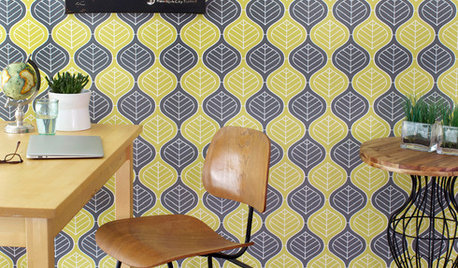
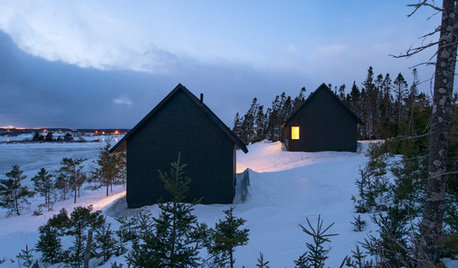
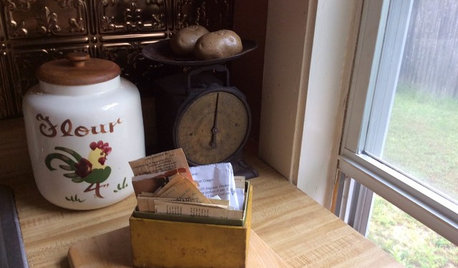

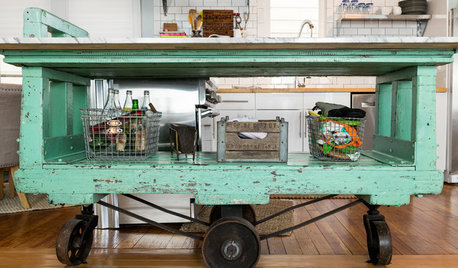

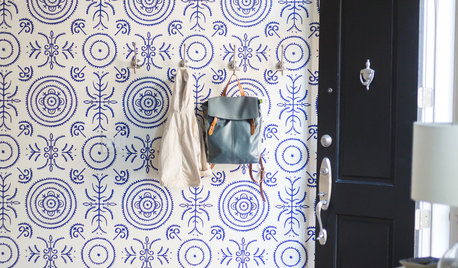
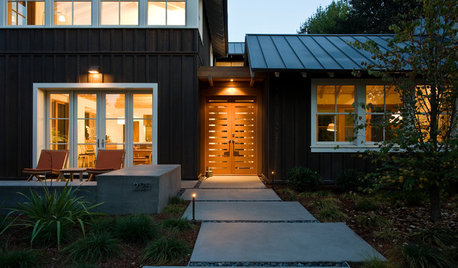

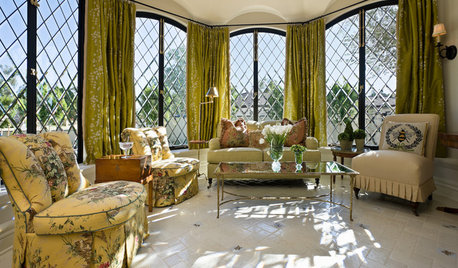



d3bbi
barbara_now
Related Discussions
I hope I did this right.. Shade cloth
Q
I hope I can do this
Q
no hope for my marriage..anything I can do?
Q
I hope I bought him the right camera!
Q
shrty411
toomuchglass
mosaicwench1
madhabitz
texaswildOriginal Author
Calamity_J
shrty411
texaswildOriginal Author
nicethyme
nicethyme
texaswildOriginal Author
texaswildOriginal Author
texaswildOriginal Author
PantherFL
nicethyme
texaswildOriginal Author
PantherFL
texaswildOriginal Author
sbtexas